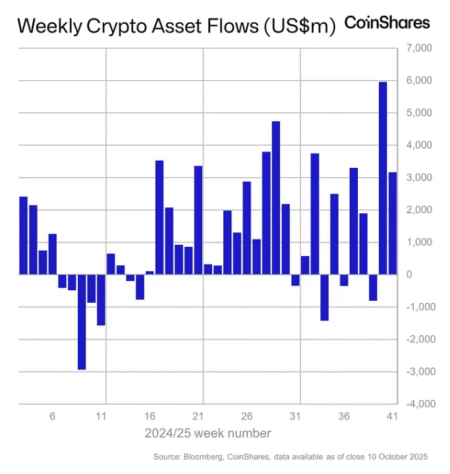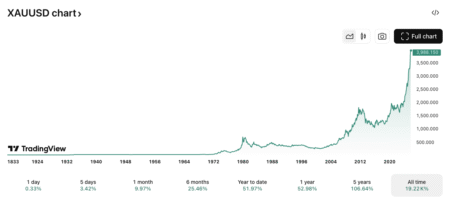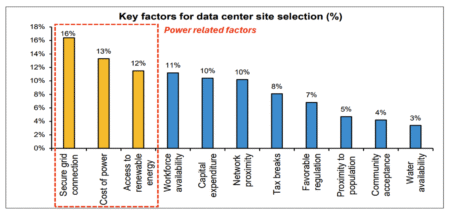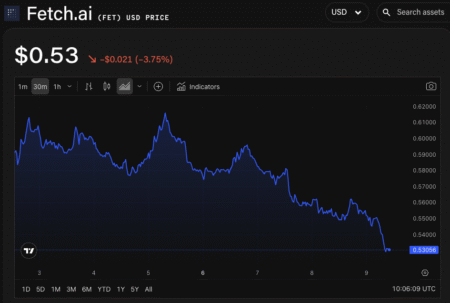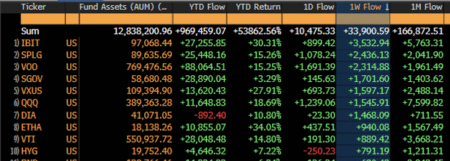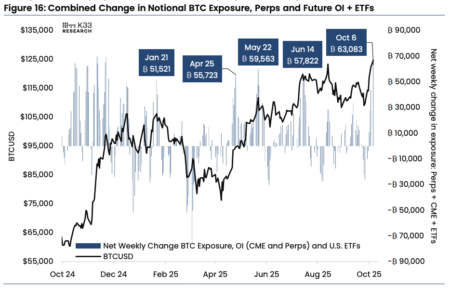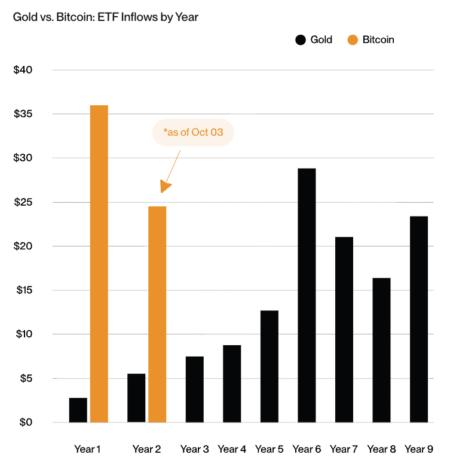The Rise of Stablecoins in Emerging Markets: A $1 Trillion Shift Expected
In a revolutionary shift, Standard Chartered has projected that approximately $1 trillion could transition from bank deposits in emerging markets (EMs) into stablecoins over the next three years. This trend is largely driven by the appeal of dollar-pegged tokens, which provide households and companies with a seamless way to gain USD exposure outside traditional local banking systems. As these stablecoins maintain their values, they often back their worth with cash reserves or short-term U.S. Treasurys, allowing for easy redemption when needed.
Stablecoins, designed to mirror the stability of the U.S. dollar, have become increasingly popular among users in developing regions. According to Geoffrey Kendrick, Standard Chartered’s global head of digital assets research, and Madhur Jha, the global economist heading thematic research, these tokens have effectively transformed into "USD-based bank accounts" for many individuals and businesses in emerging economies. This shift is especially significant because large portions of these populations remain unbanked, making stablecoined assets more attractive for safeguarding savings.
Despite the potential impact of the recently passed U.S. GENIUS Act, which imposes restrictions on compliant stablecoin issuers by prohibiting direct yield payments, analysts remain optimistic. They argue that the demand for stablecoins is likely to persist, as the importance of capital preservation overrides any concerns related to yield. Rather than deterring adoption, the GENIUS Act may bolster the reliance on stablecoins as a means of economic security, reflecting a broader shift in financial behavior within EMs.
Standard Chartered’s forecasts indicate that the global stablecoin market could balloon to $2 trillion by the end of 2028. Importantly, they estimate that about two-thirds of the current supply of stablecoins act as savings for depositors in EMs. Presently valued at roughly $173 billion, the bank predicts that stablecoin savings in these regions could soar to approximately $1.22 trillion within the next five years—a change that implies a staggering outflow from traditional bank deposits.
Emerging market countries such as Egypt, Pakistan, Colombia, Bangladesh, and Sri Lanka are thought to be particularly vulnerable to this trend. Other nations like Turkey, India, China, Brazil, South Africa, and Kenya are also identified as likely hotspots for increasing stablecoin adoption. Standard Chartered’s analysis serves as a vital reference for understanding the nuanced dynamics that affect how and where these shifts might occur, encompassing factors like capital-account openness, remittance trends, and the credibility of local monetary systems.
Beyond just deposit flight, the report sheds light on broader implications, including the potential impact on correspondent banking, payments, and foreign exchange revenues. However, banks have opportunities to mitigate these risks by integrating stablecoins into their treasury and settlement operations. Moreover, regulators in various EMs are recognizing the risks associated with this transformative change. Many are piloting Central Bank Digital Currencies (CBDCs), enhancing payment infrastructures, and promoting digital literacy as mobile money usage escalates, particularly in regions like Sub-Saharan Africa.
As the stablecoin sector witnesses substantial growth—recently surpassing $300 billion in capitalization, driven by major players like Tether and Circle—discussions are emerging regarding the need for non-USD stablecoins for practical utility. This suggests that the ensuing outflows may not solely concentrate around the dollar but could diversify across various stablecoin options. In essence, the evolving landscape of stablecoin adoption in emerging markets signals a seismic shift toward new modes of financial interaction, offering both opportunities and challenges for traditional banking systems in these regions.
As markets mature and technological advances favor diverse financial solutions, the implications of this anticipated $1 trillion shift require close monitoring. Stakeholders — from banks to regulators — will need to adapt their strategies to not only address emerging challenges but also to seize the opportunities presented by the rise of stablecoins.









